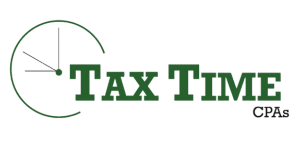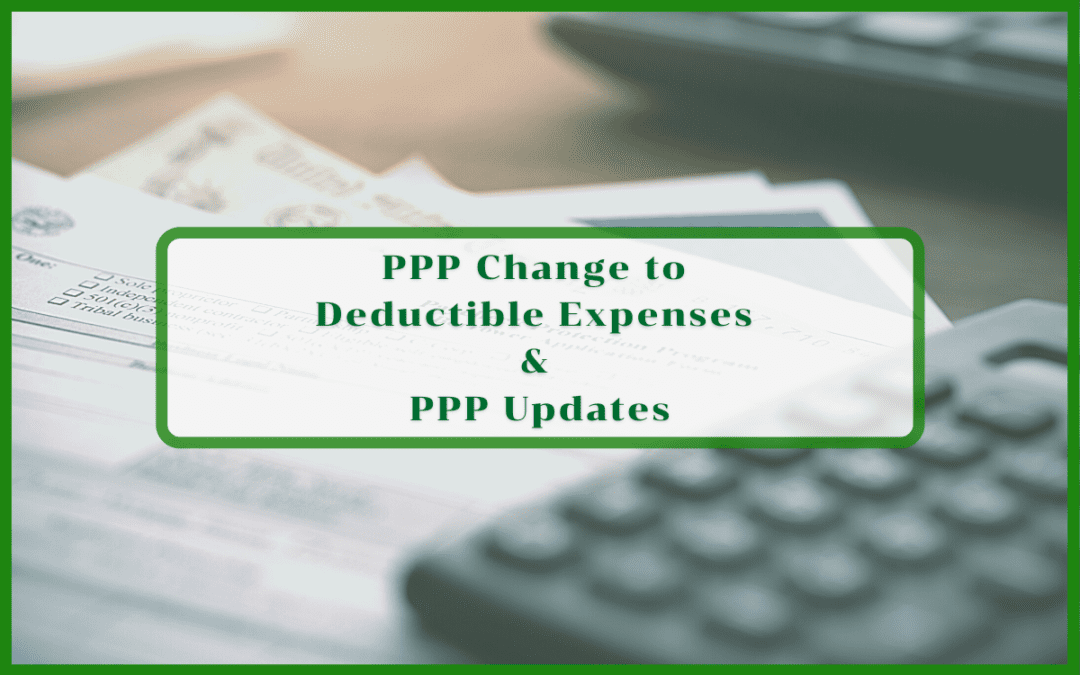One topic accountants and small business owners are anxiously waiting to see if Congress will change the deductibility of expenses paid with Paycheck Protection Program (PPP) Loan funds. The Consolidated Appropriations Act 2021 (CAA 2021) was passed on December 27, 2020, and addressed expenses, among other things.
Deductibility Clarification – Business Expenses Paid with PPP Proceeds
The CAA clarified that business expenses ordinarily deductible and paid with the proceeds of a forgiven PPP loan are tax-deductible. Additionally, the forgiven income is treated as tax-exempt income.
The CAA enacted the CARES Act, making deductibility effective. This covers most expenses paid with the funds. The CARES Act predates the PPP.
CAA Impact on PPP – Second Draw Opening January
Ding, Round 3. The CAA 2021 marks the third update to the PPP. The Small Business Administration and Treasury Departments stated PPP reopens to community financial institutions the week of January 11, 2021. For new borrowers and reopens to second draws on Wednesday, January 13. The Program is open to all participating lenders shortly after.
Key Updates
The new round of PPP funding has $284.5 billion available through March 31, 2021, or until the funds run out. The Small Business Administration and accounting community will evaluate the new legislation to determine what is the same or different.
Here are the highlights:
New Borrowers:
- First dibs, specifically for minority, underserved, veteran, and women-owned businesses before the Program opens to current borrowers who want a second draw on PPP.
- Expanded eligibility iincludes a new list of organizations with under 500 employees.
- Available to borrowers in operations before February 15, 2020.
- Max loan is $10 million.
Existing Borrowers:
- Additional relief for borrowers whose NAICS code starts with 72, i.e., hotels or restaurants, will receive up to 3.5 average payroll costs.
- To be eligible:
- Use the total amount of the PPP proceeds previously received by the second draw’s anticipated date.
- Able to show a decrease of 25% in revenue or greater when comparing any quarter in 2020 to the same quarter in 2019.
- 300 employees or less.
- The Max loan is $2 million.
All Borrowers:
- May receive loans up to 2.5 their average monthly payroll costs in 2019 or 2020. There is an annualized cap per employee of $100,000.
- Borrowers can set the loan’s covered period to the period to best meet their business needs. The covered period is between 8 and 24 weeks.
- Additional expenses are covered (see below) for forgiveness.
- Calculations are adjusted for seasonal businesses, new businesses, farmers, ranchers, and partnerships.
New guidance was released in three documents.
- Interim Final Rule – Interim Final Rule on Paycheck Protection Program as Amended by Economic Aid Act (82 pages). The Journal of Accountancy stated this document consolidates eight months of the rules for PPP for first-time borrowers. It includes updates from the Economic Aid to Hard-Hit Small Business, Nonprofits, and Venues Act, P.L. 116-260.
- Interim Final Rule – Business Loan Program Temporary Changes; Paycheck Protection Program Second Draw Loans (42 pages). The new guidelines for a second draw.
- The SBA’s commitment to making the first two days open exclusively to community financial institution applications – Guidance on Accessing Capital for Minority, Underserved, Veteran and Women-Owned Business Concerns (3 pages).
PPP Loan Forgiveness
This determines how loan proceeds are forgiven. For eligibility for FULL loan forgiveness, at least 60% of the loan funds must go toward payroll over the selected covered period.
Expenses paid with the funds from either the first or second draw are eligible for forgiveness if used on the following costs:
- payroll
- rent
- utilities
- mortgage interest
- covered supplier costs
- covered worker protection
- covered property damage costs
- covered operations expenditures
Covered expenses are costs that occurred during the covered period of the loan.
Simplified Forgiveness Application
For borrowers with loans less than $150,000, the SBA is instructed to issue a new 1-page form for loan forgiveness. The form will require borrowers to attest to the following:
- The number of employees retained due to the loan.
- Estimated total amount spent on payroll costs.
- Total loan amount.
The simplified forgiveness application certainly seems to be a decrease in administrative paperwork. Remember that you’ll still need excellent recordkeeping to estimate your totals.
The supporting records don’t need to be submitted with the form. However, the employment records need to be retained for four years. The other documents only need to be kept for three years. Still, I’d lean on caution and keep it all together for four years.
Conclusion
January is always an active month for tax updates, but this season is complete! It’s enough to make your head spin. Thankfully, we’ve got you covered. As we gear up to prepare tax returns for 2020, we’re here to answer any of your questions regarding the recent legislative changes.
If you have questions, contact us here. We’re happy to help.

